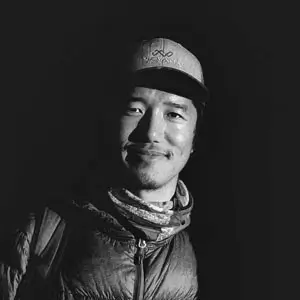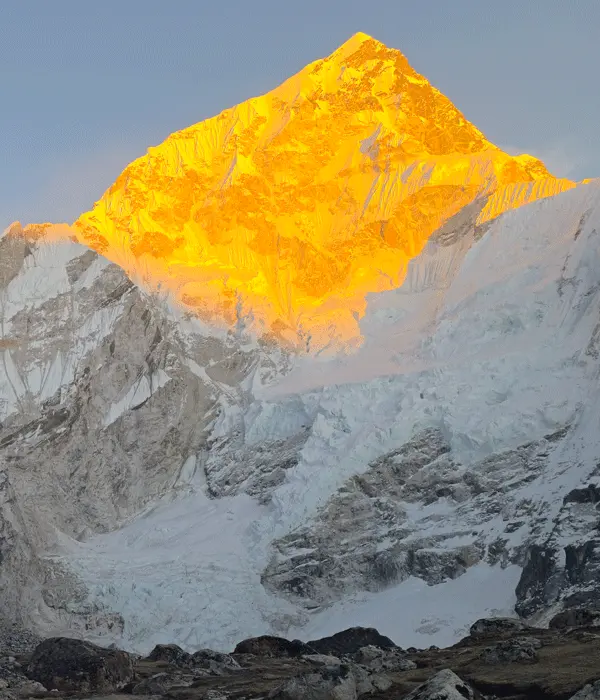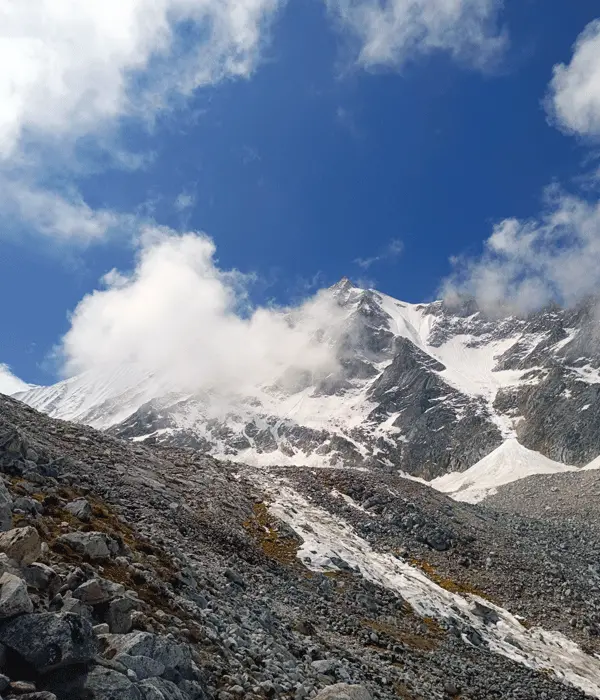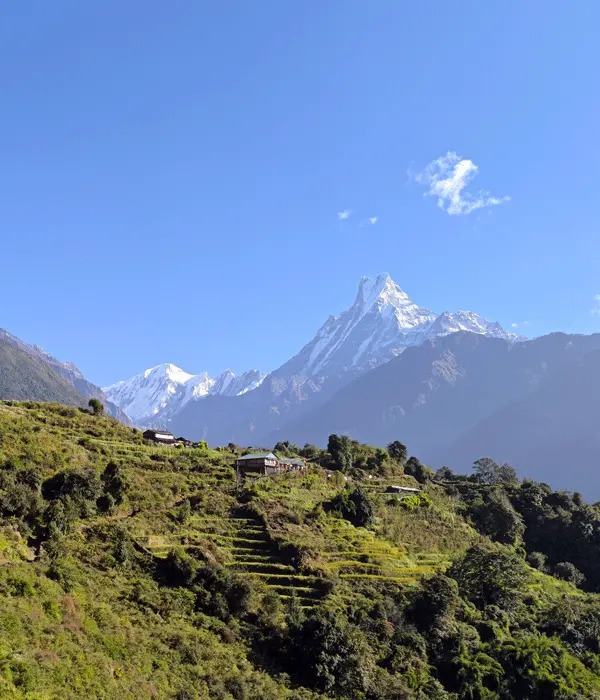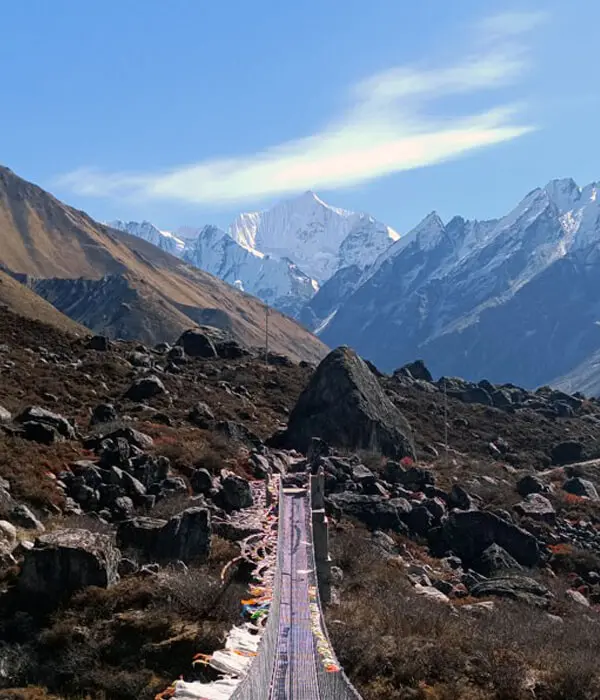Whether you are a beginner looking to do an easy trek with your family or an experienced trekker looking to push your boundaries, Nepal has all the options that you need. Whether you are looking to do a well-equipped teahouse trek in the foothills of Annapurna or a camping trek in the remote high valleys of Dolpo, we have it all covered. Our team of passionate and professional individuals is always ready to help you achieve your dream trek. Just let us know, and we will create the right trek for you.
Trekking
Activities
Everest Region
4 PackagesManaslu Region
5 PackagesAnnapurna Region
7 PackagesLangtang Region
3 PackagesEastern Region
2 PackagesAround Kathmandu Valley
1 PackagesDolpo Region
2 PackagesTrekking in Nepal - A complete experience of nature, culture, and adventure
For trekking enthusiasts, no country has as much to offer as Nepal. The stunning high mountains, diverse landscapes, rich vegetation and wildlife, and contrasting cultures make trekking in Nepal special from the rest of the world. From the low valley around 60m to the highest point of the world, Mt. Everest (8848.86 M), Nepal has a diverse geography. The country offers many trekking trails, ranging from easy to challenging, each offering a unique experience.
Nepal's trekking routes allow deep immersion with rural communities, providing insights into their cultures and daily lifestyles. The journey displays diverse wildlife encounters and breathtaking views of mountains, charming villages, rivers, valleys, high-altitude passes, lakes, glaciers, mixed forests, and thrilling suspension bridges. The trek introduces travelers to various religious practices, including Buddhism, Shamanism, Bon, Nature Worship, and Hinduism, as observed by indigenous groups along the routes. Trekking in Nepal is a wonderful opportunity to learn and understand Nepal, creating lifelong memories.

